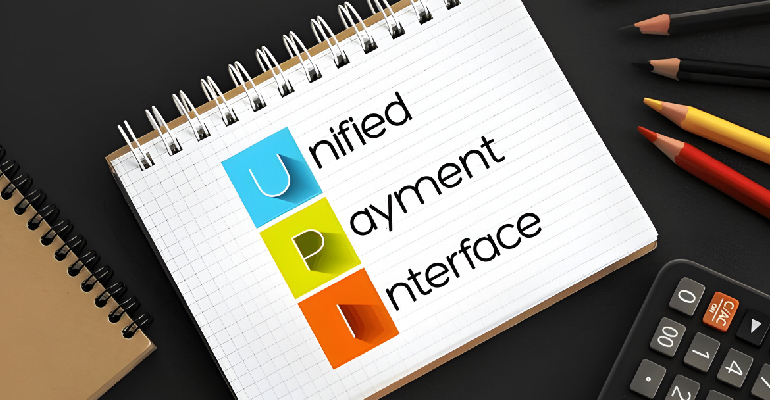UPI has redefined digital transactions as hassle-free like none other in India. However, with the growing popularity of this method, security breaches have been on the rise. Protect your UPI transactions to make your digital experience secure. This blog will discuss important UPI security best practices to secure your finances and personal data.
UPI and Its security features
UPI (Unified Payments Interface) can collect money from bank accounts, making it easy to transfer from one individual to another using a VPA or UPI ID. The other individual receives the total item without needing to provide related information, like the bank account number, and without needing to exchange contact details. Some of UPI’s most important security features are listed below: It provides escalated security using two-factor authentications:
- Encryption: UPI transactions are end-to-end encrypted, ensuring the data being transferred is secure.
- Real-time monitoring: Banks and UPI service providers monitor suspicious activity and flag probable fraud in real-time.
Even though they support built-in security features, users must adopt additional best practices to prevent cybercrimes.
Best Practices for UPI Security

1. Secure your UPI PIN:
Your UPI PIN is the key to your UPI transactions; protecting it is very important. Follow these tips for securing your UPI PIN:
2. Watch Out for Phishing Attacks
Phishing is really common, and cybercriminals use it to extract sensitive information from you. Here’s what you can do:
3. Use Multi-factor Authentication setup
Although UPI is set up with two-factor authentication, having an additional layer of security won’t hurt. Always set up multi-factor authentication using a mechanism like fingerprints, facial recognition, and your UPI PIN.
4. Keep Your Mobile Secure
Your mobile device serves as the doorway into your UPI transactions. It can help block any unauthorized entry to your UPI app.
5. Keep a Regular Check on Your Transaction History
Keeping a record of your transaction history through UPI will help you spot unauthorized transactions earlier. Report any suspected activity to your bank in case of detection.
6. QR Code Scams
QR codes are a popular way to initiate UPI payments but can also be used by fraudsters. Scanning these codes can be risky, so always be careful:
7. End Your Session by Logging Out
It can also be quite useful not to remain logged in to the UPI application after the completion of each transaction as additional precautions to be saved from unauthorized transactions if one’s phone is stolen or lost. Many apps have the auto-logoff feature, but logging out manually may add security.
8. StrongBox IT’s Cloud Security Testing for Mobile Banking Apps
Considering this, businesses should force-test UPI-integrated apps to avoid security vulnerabilities. StrongBox IT’s testing on cloud security fortifies mobile banking apps from assaults; the integrity of the UPI ecosystem should be preserved with regular vulnerability loads and penetration tests.
Conclusion
UPI is making digital payments easier and more accessible, but security threats continue to evolve. Adhere to these best practices; your UPI transactions will be secure, and you can have a safe digital experience. Stay cautious, safeguard your personal information, and frequently update your security arrangements to develop resilience from the newest cyber dangers.
While the above rests on the providers’ shoulders, its importance for the users remains in their own capacities as well. A few precautions can easily ensure that your UPI service helps you continue to leverage this convenience with perfect safety.





